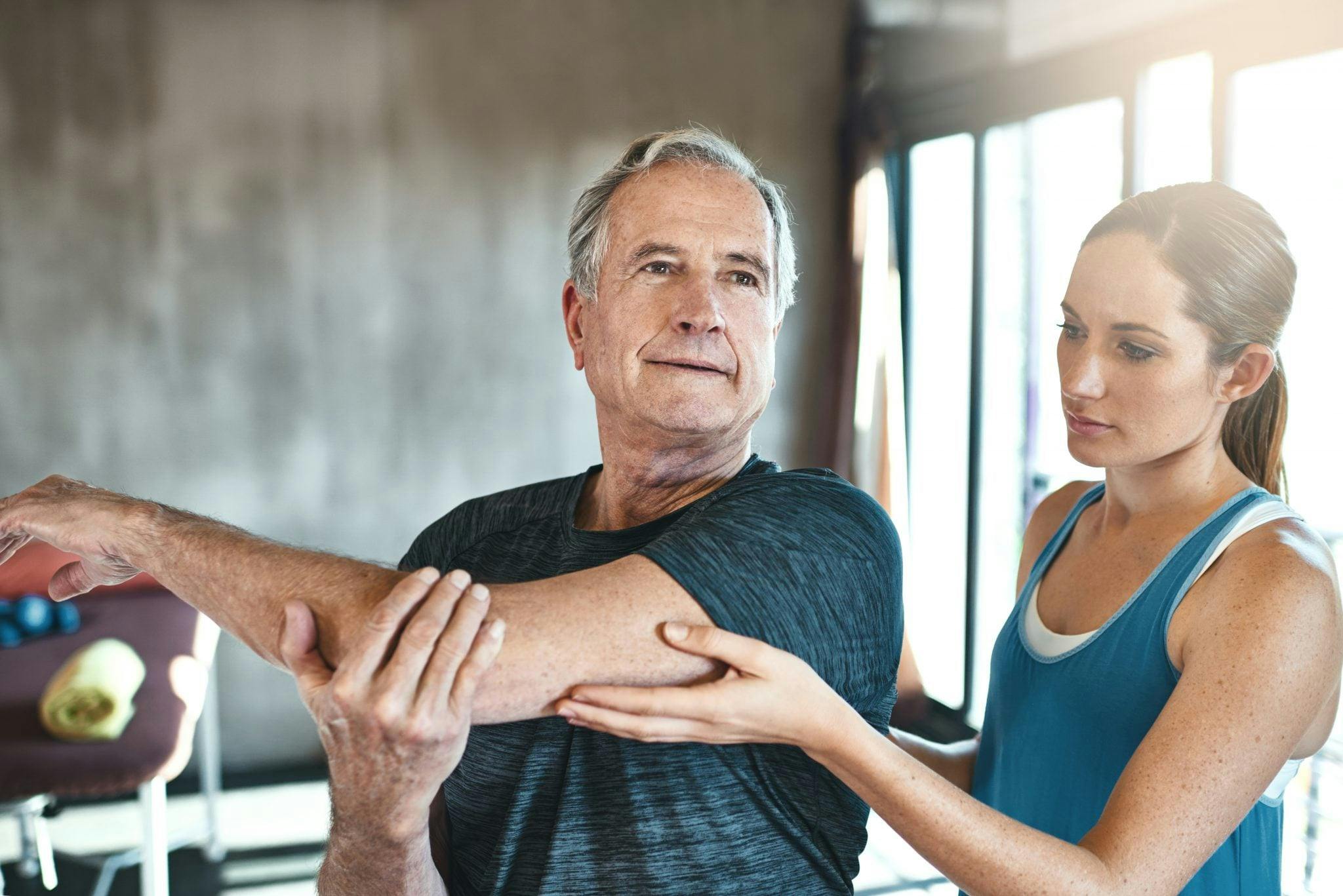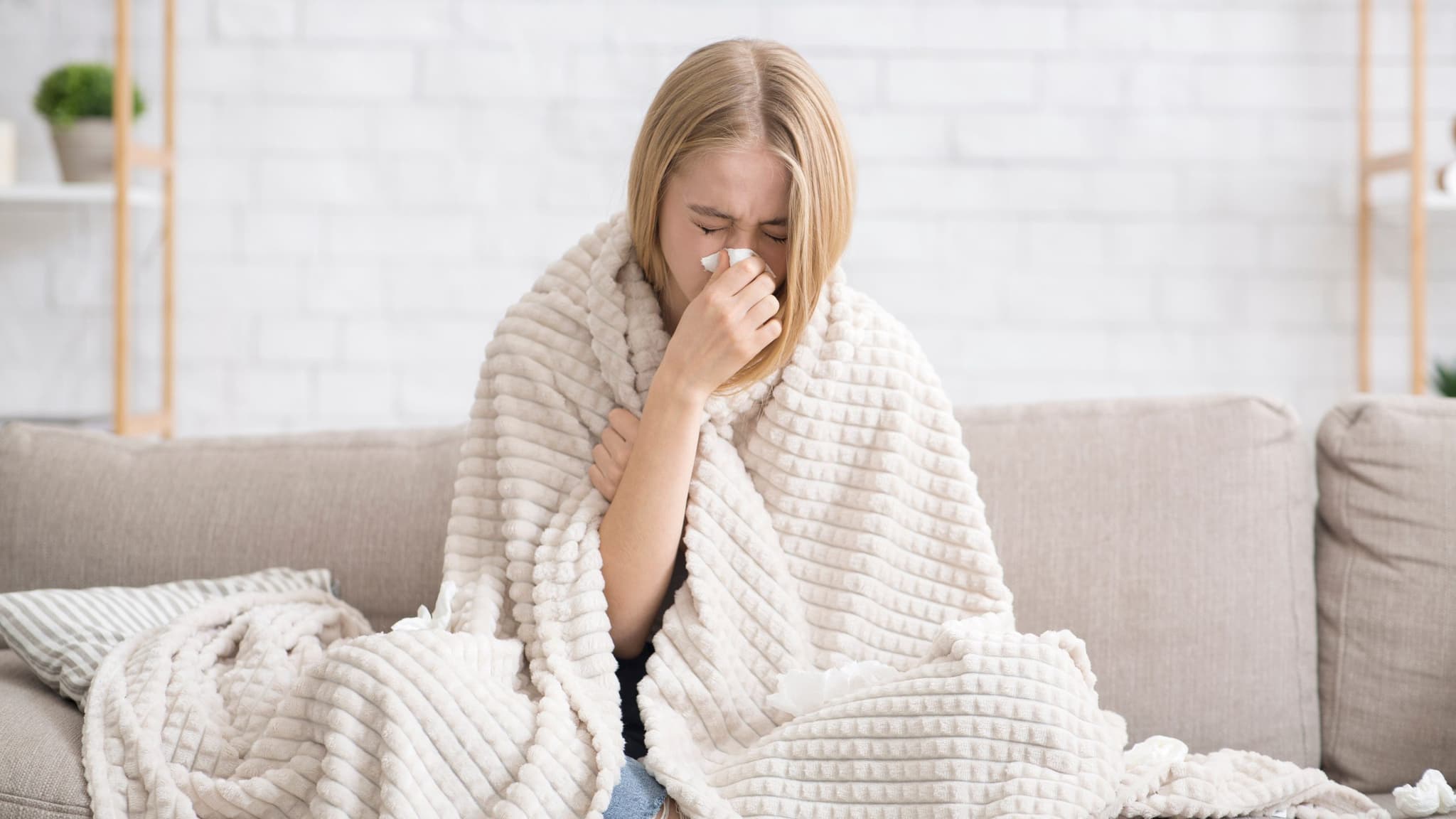
2025-06-10T13:54:10
Understanding Skin Grafts
- Dermatology
- Family Medicine
- Internal Medicine
- Orthopedics
June 6, 2017 | Internal Medicine • Osteoporosis Center
Specialties:Internal Medicine • Osteoporosis

Bones in the body are just another form of bodily tissue—as elements break down, they’re replaced by natural processes. However, when the rate of new bone creation doesn’t match the rate at which old bone is removed, this is a condition called osteoporosis—a medical term equating to “porous bone.”
Osteoporosis leads to bones that become so weak and brittle that even minor stress to the bone can cause a fracture. Here is some basic info on osteoporosis symptoms, causes, treatments and prevention methods.
In the early stages of bone loss, there are typically no symptoms. Once the bones have weakened, however, symptoms can include:
If you went through early menopause, took corticosteroids for several months consecutively or if either of your parents had a history of hip fractures, you may want to speak to your doctor about the risk of osteoporosis for your particular case.
There are no exact known causes of osteoporosis, but doctors understand the underlying development of the disease. During young adult ages, the body creates new bone faster than old bone breaks down, leading to a general increase in bone mass – most people reach this peak by their early 20s.
However, as we age, bone mass begins to be lost more quickly than it’s created—generally by age 35. This leads to a general loss of bone mass, and osteoporosis sufferers can experience this at an even greater rate.
There are several factors that increase risk of osteoporosis:
Osteoporosis is diagnosed using bone mineral density tests, or bone measurements, also called dual X-ray absorptiometry. These tests use small amounts of radiation to determine bone density. All women over 65 and men over 70 (or younger men with risk factors) should consider having this test done.
Treatment methods for osteoporosis include:
Paying close attention to diet and lifestyle are just a few ways you can help control and prevent osteoporosis. Important diet areas include:
Lifestyle elements of prevention include a regular exercise program—include exercises like walking, jogging, aerobics and weightlifting that make the bones work against gravity, as these will help strengthen the bones. Also look to limit use of alcohol and tobacco.
If you’re experiencing the symptoms of osteoporosis or carry the risk factors, your doctor will advise you on your options.
“Osteoporosis.” Cleveland Clinic. https://my.clevelandclinic.org/health/articles/osteoporosis
“Osteoporosis.” The Mayo Clinic. http://www.mayoclinic.org/diseases-conditions/osteoporosis/home/ovc-20207808
WRITTEN BY:
The Live Better Team

2025-06-10T13:54:10

2025-01-09T10:36:36

2024-12-05T17:05:06

2024-11-18T13:50:57
This information is not intended to replace the advice of a medical professional. You should always consult your doctor before making decisions about your health.